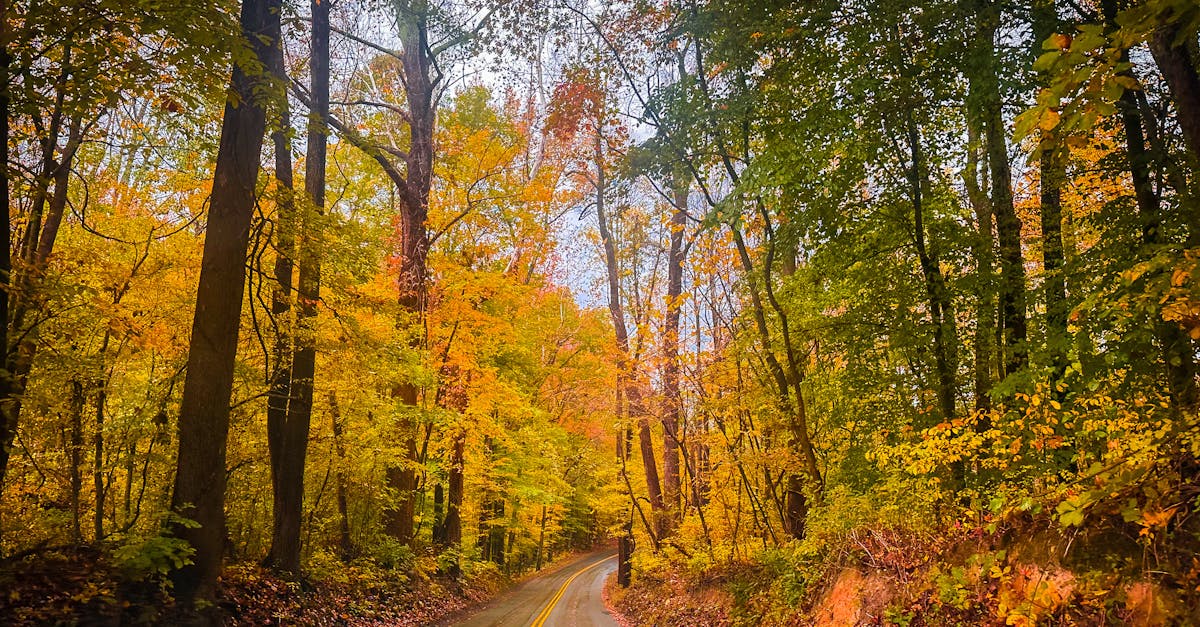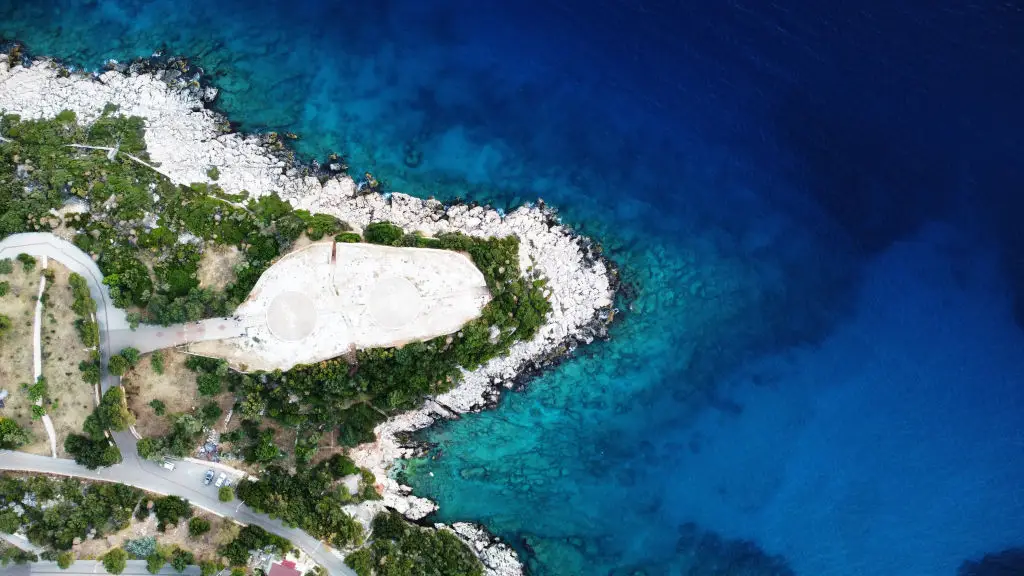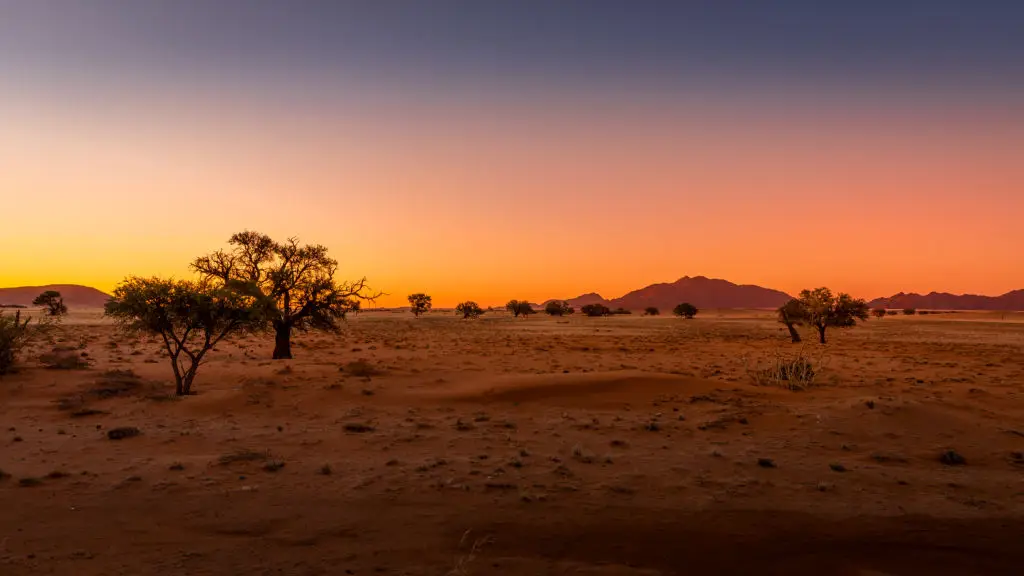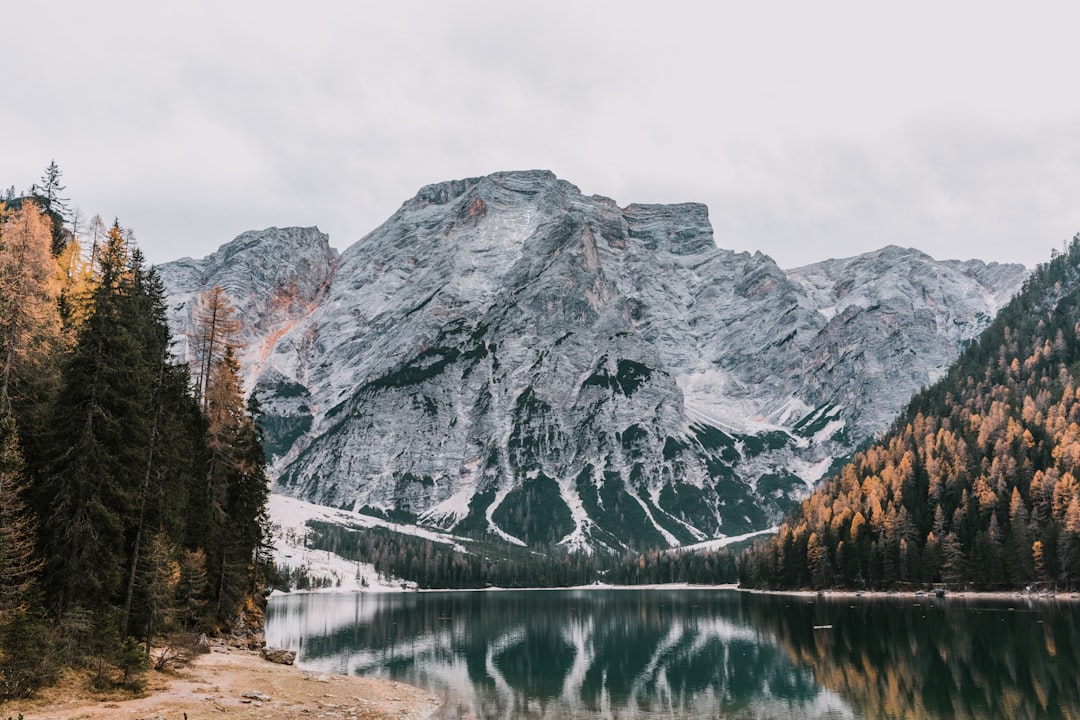12 Emerging Southeast Asian Islands That Belong on Your Must-Explore List
Looking for your next great adventure? Southeast Asia brims with islands that pulse with untamed beauty, distinctive culture, and just enough solitude to make every beach feel like a discovery. While mainstays like Bali and Phuket have plenty of charm, a wave of lesser-known gems is drawing adventurous travelers who crave authenticity and tranquility. These are places where coral reefs thrive, community-based eco-lodges flourish, and ancient traditions live on alongside fresh possibilities for exploration. In this list, you’ll find vibrant, up-and-coming destinations—each with its own local flavor, new opportunities for responsible exploration, and practical details like the best ways to get there from US gateways. For North American travelers, these emerging Southeast Asian islands make it surprisingly accessible to experience white-sand beaches, rare marine life, and warm welcomes far from crowded paths. Whether you’re chasing underwater wonders or sunset views with barely another soul in sight, these twelve islands combine adventure with serenity—and a meaningful chance to travel responsibly. Let’s set sail for discovery!
1. Koh Rong Samloem, Cambodia
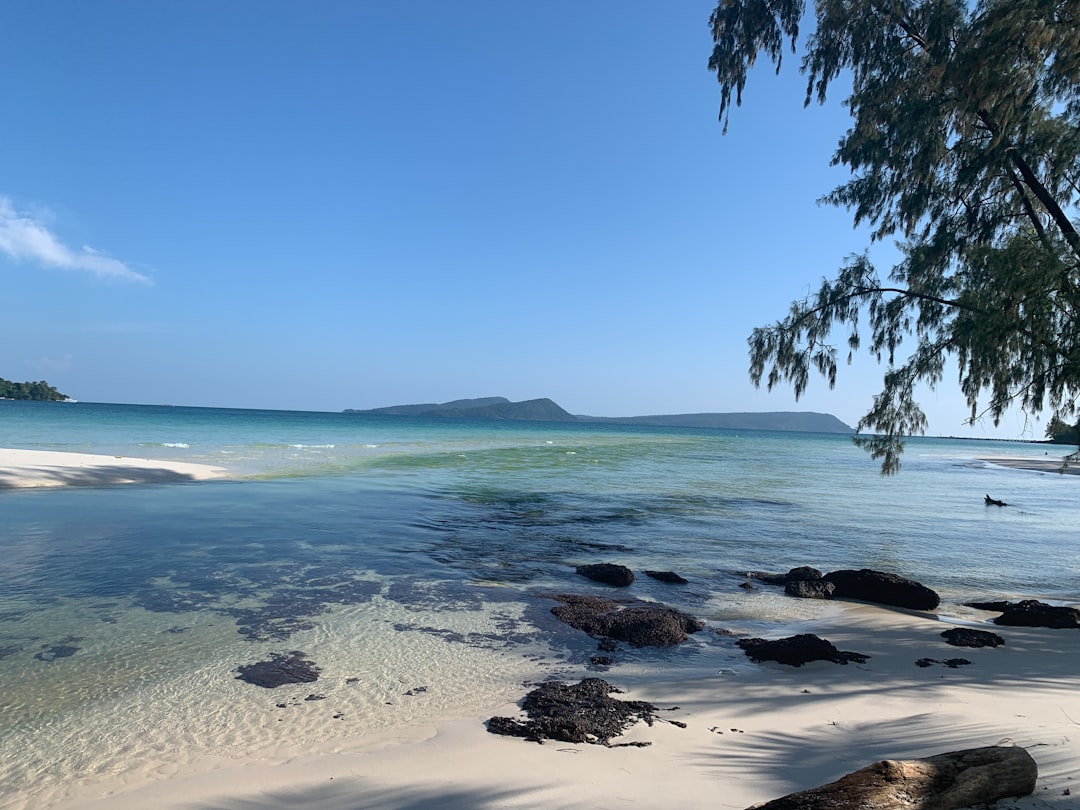
Koh Rong Samloem stands apart as Cambodia’s quieter alternative to its popular sister, Koh Rong. This emerging jewel is celebrated for its serene shores—think white sand beaches where hammocks swing beneath towering palm trees and crystal-clear water laps gently at your feet. Unlike more developed islands, Koh Rong Samloem keeps things low-key, inviting travelers to unplug and immerse themselves in nature’s rhythm. Thanks to a strong eco-conscious ethos, many local resorts focus on reef preservation and community-led sustainability initiatives. Snorkelers will find healthy coral gardens close to shore, while divers often spot technicolor fish and sometimes even turtles. Tiny villages dot the island, offering a glimpse of laid-back Cambodian coastal life. Saracen Bay is the main draw with a handful of intimate beachfront bungalows and quiet cafes, while the western coast hides even more secluded coves. Access is surprisingly straightforward: ferries run regularly from Sihanoukville, and the best time to visit runs from November to May, when seas are calmest. For travelers seeking tranquility, genuine hospitality, and a gentle pace of life, Koh Rong Samloem is quickly moving from hidden haven to must-explore spot.
2. Derawan Island, Indonesia
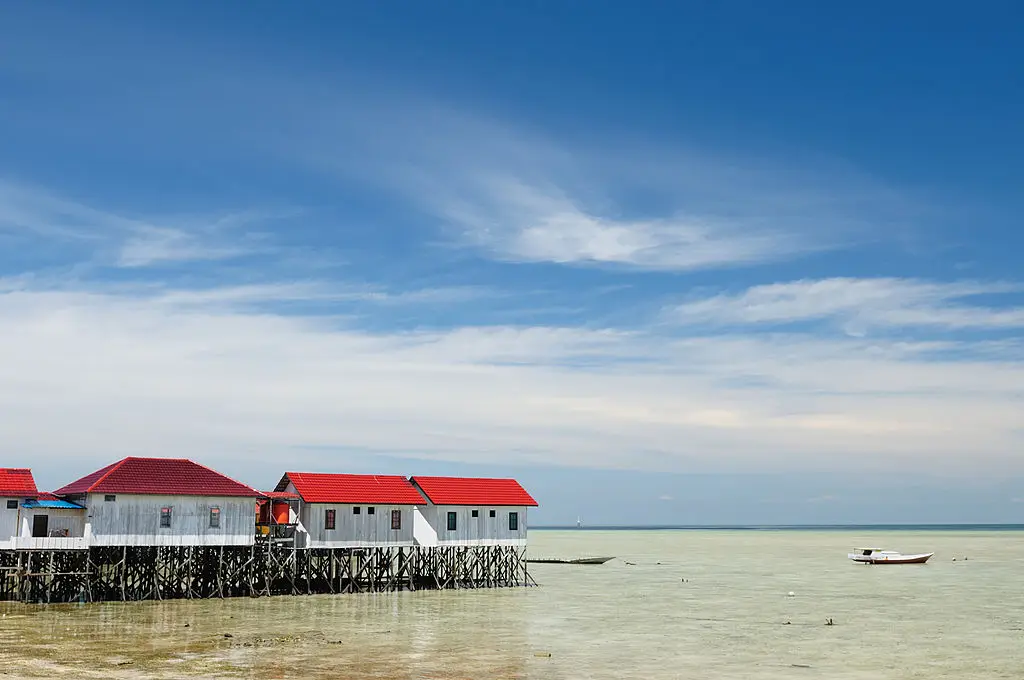
Set off the southeast coast of Kalimantan, Derawan Island draws in-the-know travelers with its thriving marine life, peaceful vibe, and rustic charm. This island isn’t swarmed by mass tourism—instead, expect stilted wooden bungalows above translucent turquoise water, sleepy fishing villages, and endless horizons dotted with passing sea turtles. Divers and snorkelers are in for a treat: Derawan’s reef systems host vibrant coral, manta rays, and, most notably, seasonal gatherings of giant turtles. The island has started embracing eco-tourism, with local initiatives working to protect its pristine environment. Strolling along quiet beaches at sunset, you’ll catch a glimpse of local life unfolding at the pace of the tides. Getting there is an adventure of its own: fly to Berau Airport, then hop on a speedboat for the last stretch. The best underwater visibility is from June to October, but relaxed days await year-round. If you want authentic Indonesian island life with a dose of wild beauty, Derawan is emerging as a beloved escape for divers and nature lovers alike.
3. Pamilacan Island, Philippines
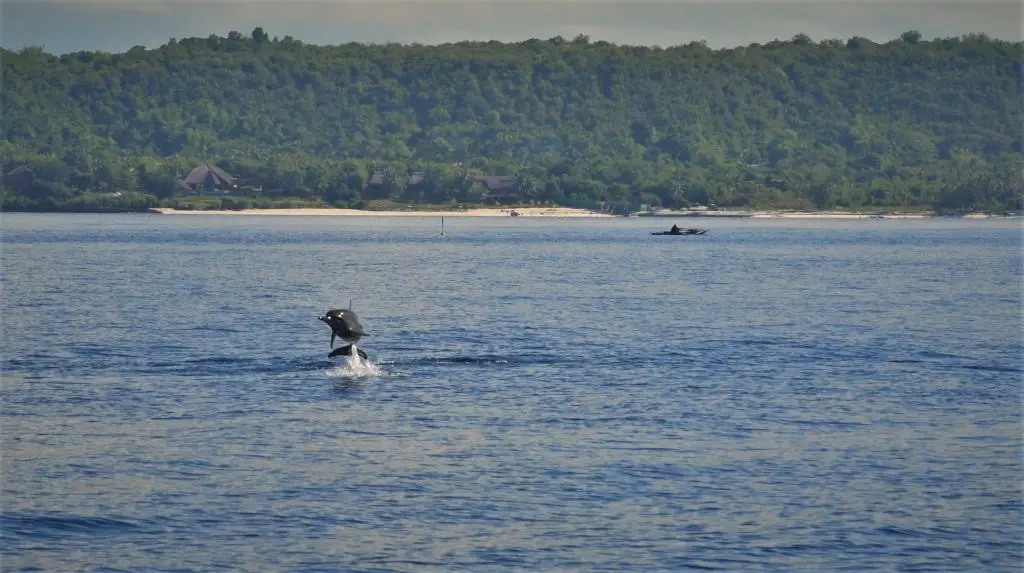
Just a short ferry ride from Bohol, Pamilacan Island remains refreshingly understated—a quiet fishing village surrounded by clear water, coral gardens, and sweeping sandy bays. What makes it special? Daily sightings of playful dolphins and even the occasional whale, plus a local community deeply invested in conservation and sustainable tourism. Onshore, travelers unwind in simple guest cottages or nipa huts, experiencing genuine Filipino hospitality. You’ll likely join locals for fresh seafood, learn about their way of life, and enjoy dramatic sunsets over the Bohol Sea. Snorkeling trips take you to a protected marine sanctuary where colorful reef fish dart through crystalline waters. Community guides run most tours, channeling profits into the island’s schools and conservation projects. Ferries leave regularly from Baclayon, and the ideal time to visit is between January and May, when dolphin-watching is at its peak. If your idea of adventure includes responsible wildlife spotting and easygoing beach afternoons, Pamilacan is the perfect addition to your Southeast Asian island wish list.
4. Koh Yao Noi, Thailand
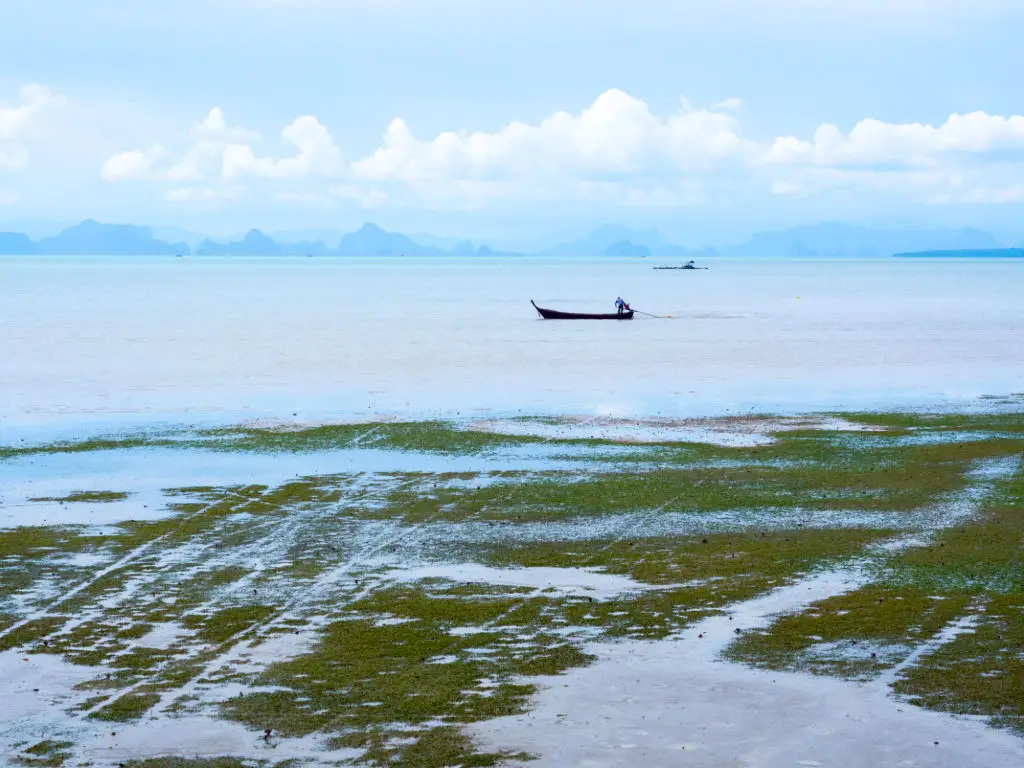
Resting quietly in the Andaman Sea, Koh Yao Noi offers a rare combination: it’s just a short boat ride from Phuket or Krabi, yet it feels worlds away from crowded party hubs. Here, travelers pedal past rice paddies, sample fresh seafood in family-run cafes, and soak up slow-paced village life. There’s a sense of authenticity you won’t find in Thailand’s busier resorts. Mangrove forests line the coast, hiding secluded beaches where you might be the only visitor. Cycling remains one of the best ways to explore the island’s tranquil backroads. Responsible tourism plays a big role—new boutique hotels favor local design and many guesthouses practice sustainable hospitality. Despite its growing popularity, Koh Yao Noi has retained its welcoming, down-to-earth spirit. Ferries run several times a day from Phuket or Krabi, and the dry season (November to April) brings the clearest skies. The island rewards curiosity and patience, offering a peaceful pause far from the bustle, yet close enough for easy day trips to Phang Nga Bay or neighboring Koh Yao Yai.
5. Con Dao Islands, Vietnam

Steeped in history and clad in wild beauty, the Con Dao Islands have traded their notoriety as a former prison colony for a growing reputation as Vietnam’s premier eco-retreat. Travelers come for protected national parks, empty beaches fringed by forest, and some of the country’s healthiest coral reefs. Sea turtles nest on the islands each year between April and September—a critical time for conservation. Snorkelers and divers can glimpse vibrant marine life, including rays and reef fish, while hikers follow jungle trails that crisscross lush highlands. Newer eco-lodges offer modern comforts with a light footprint, blending into the natural landscape and supporting local employment. Direct flights make the journey simple from Ho Chi Minh City. You’ll find the best wildlife-watching opportunities between spring and early autumn. By balancing respect for the islands’ past with a focus on renewal and sustainability, Con Dao promises both reflection and adventure—ideal for travelers seeking meaning as well as beauty.
6. Belitung Island, Indonesia
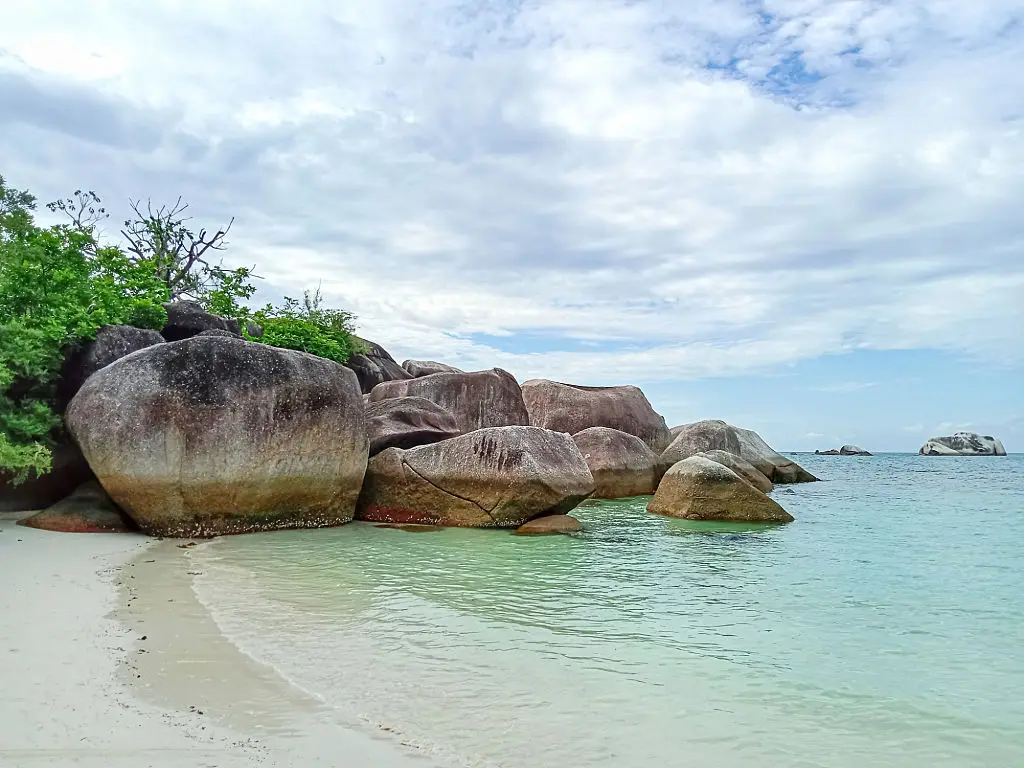
Lying off Sumatra’s east coast, Belitung Island rewards visitors with surreal granite boulders, fine white-sand beaches, and friendly, uncrowded fishing villages. The beaches here, such as Laskar Pelangi, are as photogenic as anything in the Maldives—but with a much more relaxed, down-home vibe. Traditional wooden boats drift in turquoise bays, while nearby lighthouses and historic sites give a glimpse into Belitung’s layered history. The water is shallow and perfect for swimming or snorkeling over coral beds, and day trips to nearby islets bring even more opportunities for exploration. Cafes and guesthouses are springing up, but the island avoids the crowds seen further south. Reach Belitung via a direct flight to Tanjung Pandan airport, then hop a taxi to your lodgings. Between May and September, the island sees its best weather and clearest water. For travelers seeking postcard scenery without packed bus tours, Belitung’s emerging popularity makes it a smart pick for 2024 travel and beyond.
7. Siargao Island, Philippines
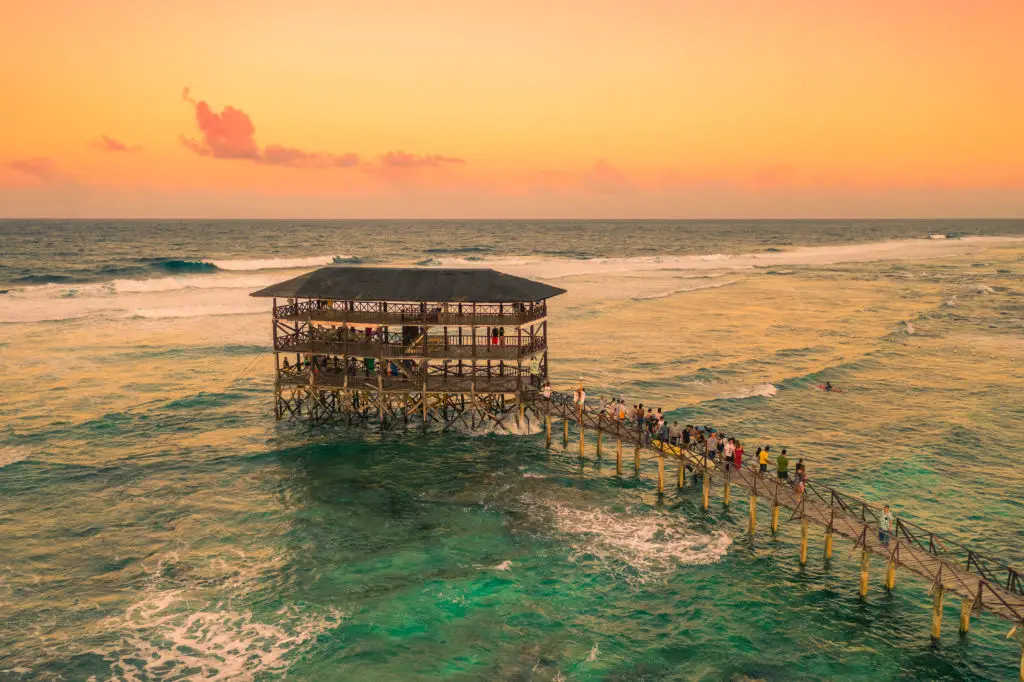
Once a secret among surfers, Siargao has found new popularity without losing its wild heart or welcoming hospitality. The island’s famed Cloud 9 surf break draws wave-riders from across the globe, but there’s plenty here for travelers who prefer sandy toes to surfboards. Explore natural lagoons, cycle beneath coconut palms, or sample vibrant cuisine in small-but-stylish cafes. Eco-lodges, boutique hotels, and homestays are popping up, many focusing on preserving local ecology and culture. Siargao blends adventure—think island-hopping trips and cliff-jumping—with a relaxed pace that encourages lingering sunrise walks and spontaneous hammock naps. Direct flights arrive from Manila and Cebu, making access a breeze. The surf is best from March to October, while those seeking calmer waters and more sun will find December to May inviting. As sustainable travel takes off, Siargao is becoming a model for eco-conscious escapes—making it as rewarding for responsible travelers as it is for thrill-seekers.
8. Koh Thmei, Cambodia
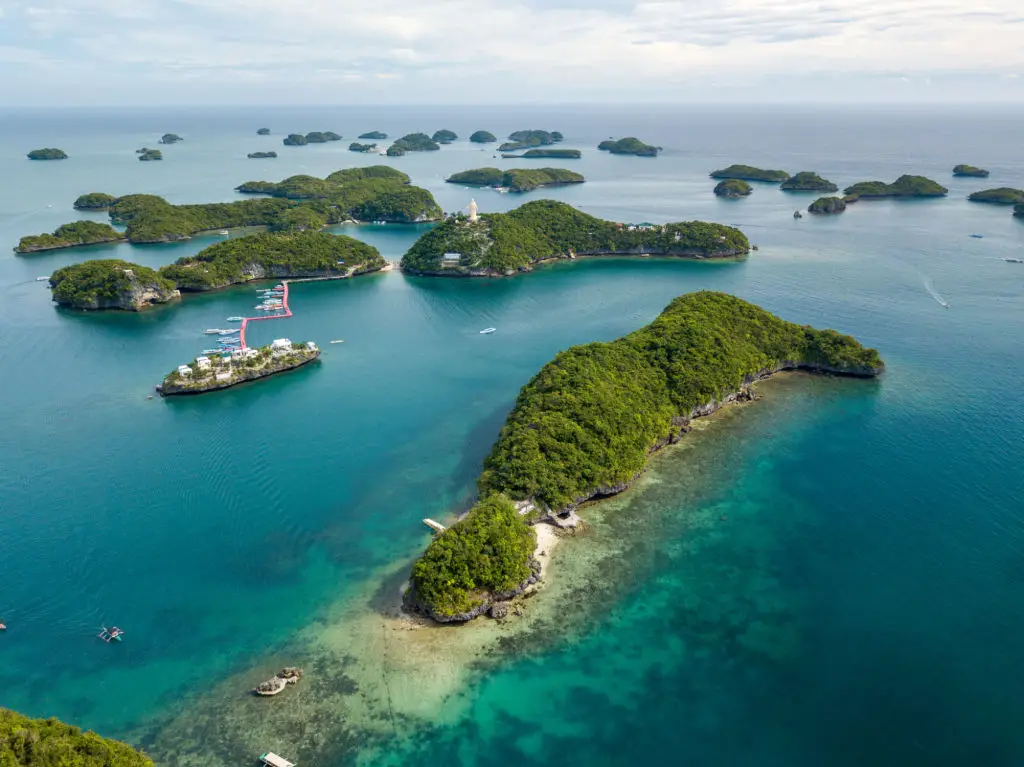
Completely enveloped by the lush expanse of Ream National Park, Koh Thmei is a pocket of true wilderness for those who value pristine nature and a total digital detox. You won’t find Wi-Fi cafes or party crowds—just miles of unspoiled beach, dense mangroves, and wildlife in abundance, from fishing eagles to elusive otters. Accommodations are as off-grid as they come: a single solar-powered eco-lodge blends seamlessly into the landscape, and tourism here is managed with utmost respect for the environment. Days fill with bird-watching, forest hikes, dolphin-watching boat rides, or simply relaxing on near-deserted shorelines. Reaching Koh Thmei involves a taxi ride from Sihanoukville to Ream, followed by a short boat trip. The dry season, from November to April, brings the clearest skies and the richest wildlife encounters. If you’re searching for unplugged simplicity and authentic wilderness in Southeast Asia, this emerging island sanctuary deserves a spot on your journey.
9. Pulau Weh, Indonesia
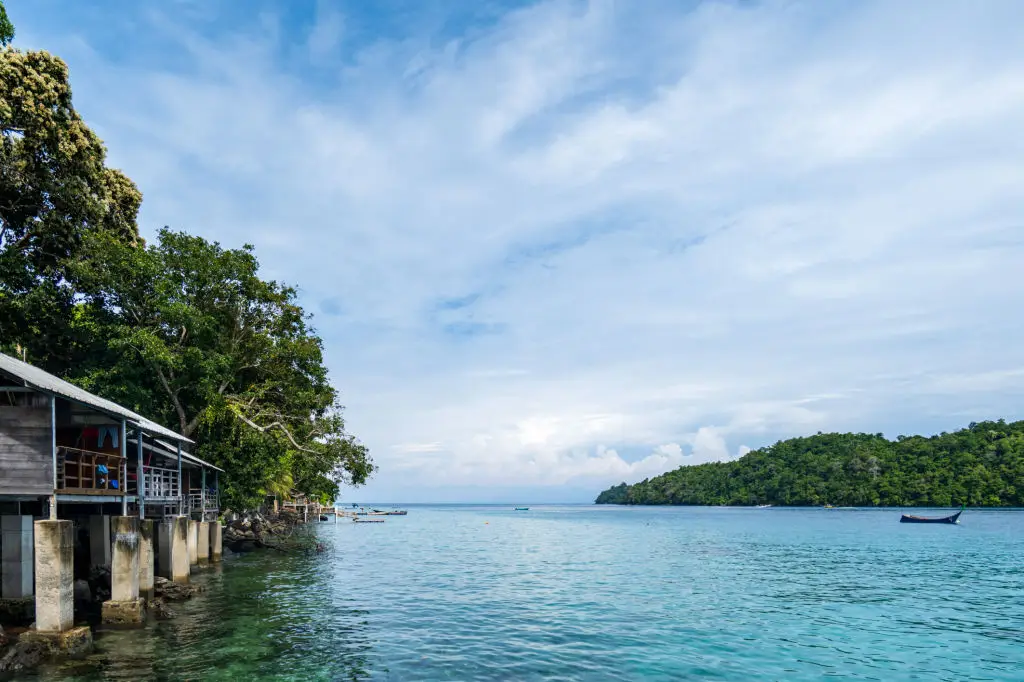
Where the Indian and Andaman Oceans meet, Pulau Weh beckons divers and serenity-seekers with dramatic volcanic landscapes, crystalline lagoons, and abundant sea life. The island’s position makes its water especially rich in plankton and nutrients, attracting schools of fish, sea turtles, and occasional whale sharks. Pulau Weh is laid-back by design: the main village of Sabang features cozy guesthouses and simple seafood eateries, while the surrounding coastline offers secluded coves and palm-fringed beaches. The island’s interior harbors a dormant volcano, hot springs, and rare birds. Dive centers cater to all skill levels, spotlighting pristine reefs and wrecks just offshore. To get there, travelers typically fly to Banda Aceh, then board a ferry for the final stretch. May through September is the most reliable for weather and calm seas. Pulau Weh is a top pick if you value outstanding biodiversity and prefer islands where local hospitality feels as genuine as the scenery.
10. Cu Lao Cham, Vietnam
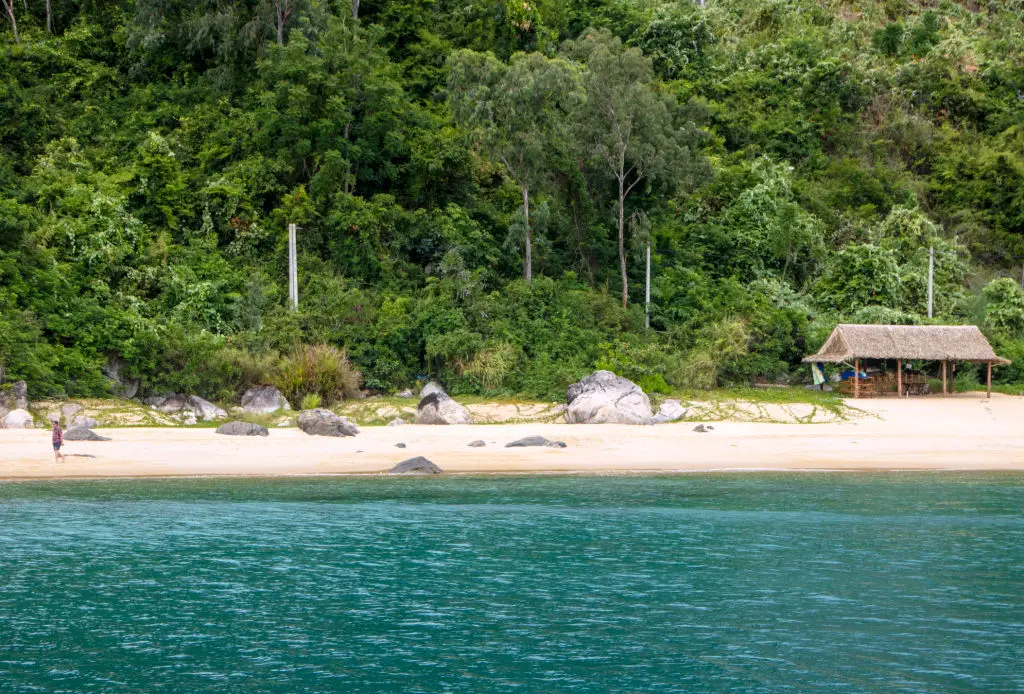
A stone’s throw from Hoi An, Cu Lao Cham comprises a small cluster of islands surrounded by waters so clean they’re recognized as a UNESCO Biosphere Reserve. Visitors come for coral-studded snorkeling, strolls through traditional fishing villages, and homestays that provide a personal window into island life. Strict protections help keep these islands healthy—motor vehicles are restricted, single-use plastics are banned, and most tourism flows to locally operated homestays and boat tours. Highlights include colorful temples, rugged forest trails, and sandy stretches that never get crowded. Warm, clear water invites year-round swims. Reach Cu Lao Cham by boat from Cua Dai port (just outside Hoi An), with day trips and overnight stays both possible. The best time to visit runs from March to September for the sunniest days and calmest seas. Cu Lao Cham’s unique blend of environmental stewardship and heartfelt hospitality makes for an experience that’s as meaningful as it is memorable.
11. Koh Adang, Thailand
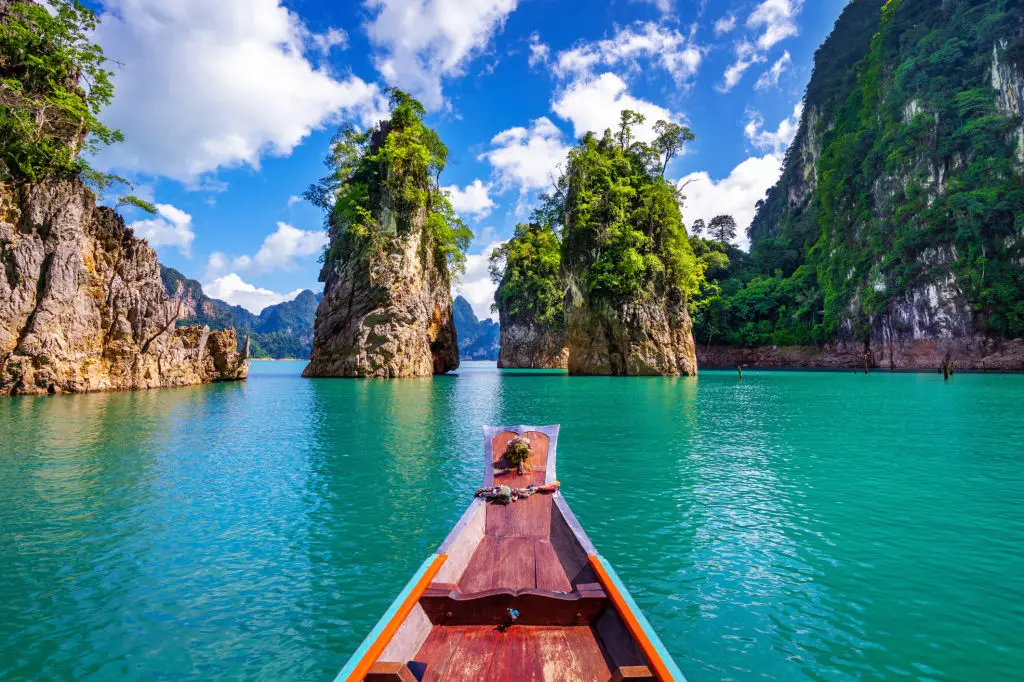
Looking for the next hot spot before the crowds arrive? Koh Adang sits in the shadow of bustling Koh Lipe but offers a totally different pace. As part of Tarutao National Marine Park, Koh Adang is a base for rainforest hikes, black sand beaches, and camping under a canopy of stars. Visitors trek to the island’s viewpoint for sweeping panoramas, or cool off in hidden waterfalls and sheltered lagoons. Local rangers manage a small set of eco-accommodations and campsites, ensuring tourism remains sustainable. Coral reefs attract snorkelers, while nature lovers can spot hornbills and monitor lizards among the dense foliage. Access is typically via boat from Pak Bara or as a short hop from Koh Lipe. November through April means dry days and brilliant blue water. For US and Canadian adventurers, Koh Adang stands out as a quieter, more exploratory option—without sacrificing the wild beauty that makes Thailand’s southern islands so compelling.
12. Kepulauan Seribu, Indonesia
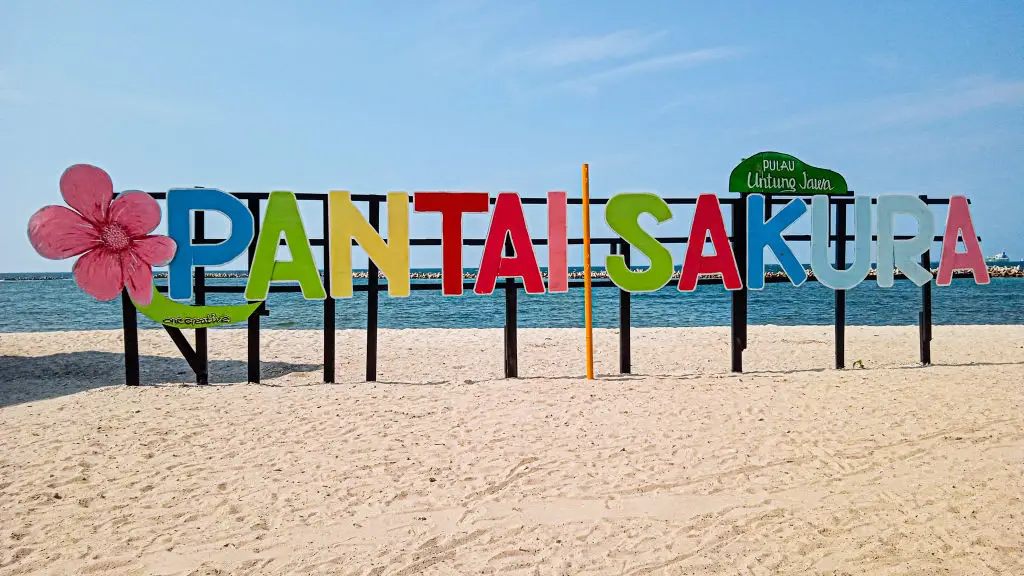
Just north of Jakarta, the Kepulauan Seribu—literally “Thousand Islands”—offer easygoing island escapes close to Indonesia’s booming capital. Rather than one big island, this collection features dozens of sandy islets, local fishing villages, and hidden spots perfect for snorkeling, cycling, and sunset strolls. Many of the islands remain affordable, with simple lodging, open-air seafood grills, and options for camping or renting a private beach hut. Some have developed small resorts catering to Jakarta’s weekend crowd, but the overall feel remains relaxed and unpretentious. Tour boats leave daily from Jakarta’s Ancol harbor, providing access in just a few hours. Visiting between April and October ensures the calmest seas and the clearest water for spotting marine life. For North Americans looking for a taste of local culture and proximity to urban conveniences, Kepulauan Seribu is on the rise—a reminder that even near Asia’s mega-cities, true island tranquility is never far away.
Southeast Asia’s emerging islands offer more than daydream-worthy beaches—they deliver an adventure filled with accessible beauty, diverse culture, and the spirit of discovery. Whether reached by speedboat, local ferry, or island-hop flight, each spot on this list rewards intrepid travelers with something distinct, from world-class diving to homestays rooted in community life. Seasonal planning is key: dry months tend to bring the best conditions, while sustainable travel options continue to expand, making it easier to tread lightly and support local economies. While longtime favorites will always have their place, the islands above prove that a sense of wonder and new horizons are very much alive. Choosing one (or a few) of these destinations for your next adventure is more than a getaway—it’s a chance to experience Southeast Asia with heart, connection, and a fresh appreciation for the region’s vibrant tapestry.



